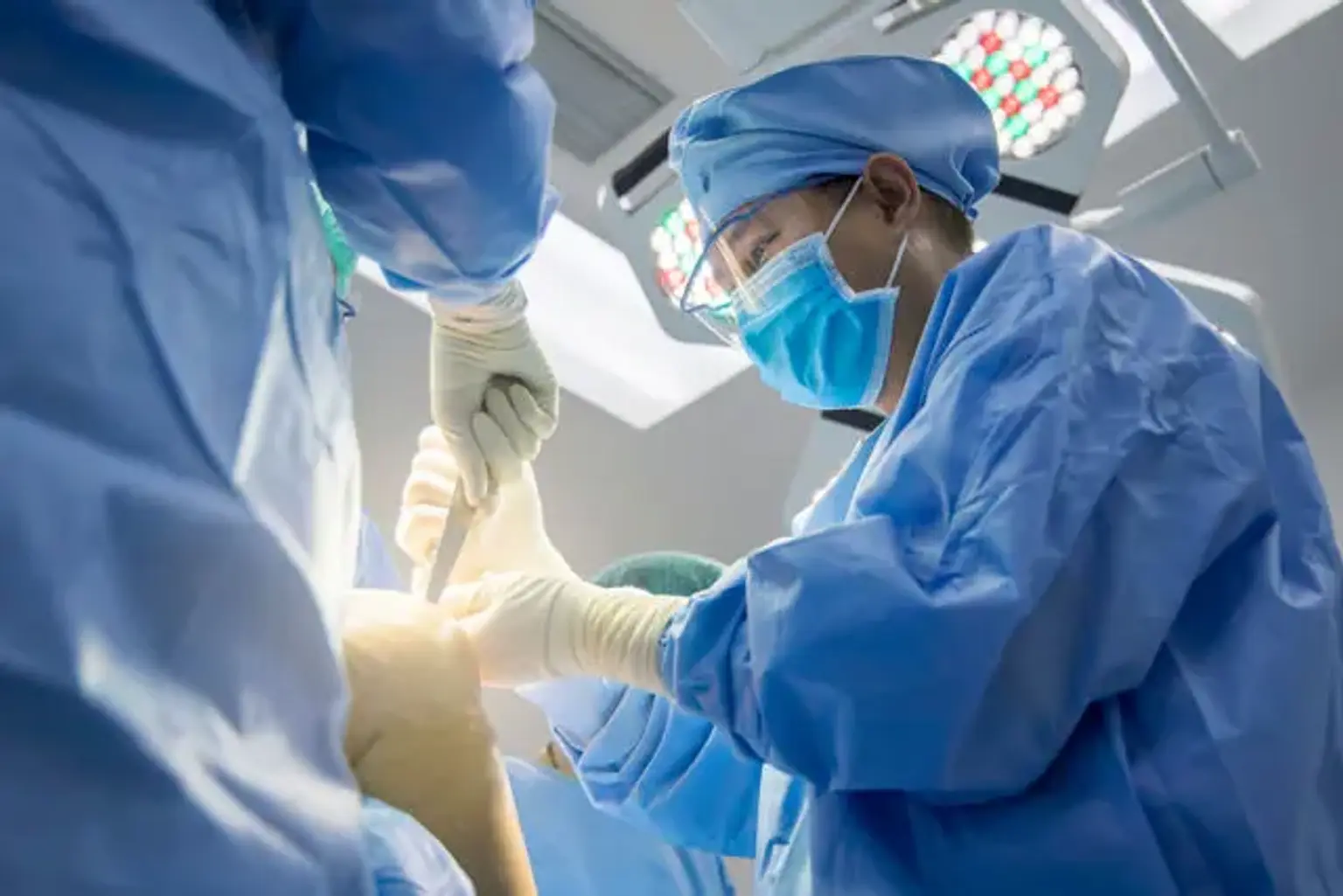Tibial Osteotomy
High tibial osteotomy (HTO), also known as tibial osteotomy, was first suggested by Jackson and Waugh and has been popularized by Coventry since the 1960s as a treatment for medial compartment osteoarthritis of the knee with varus distortion. HTO has two goals: to alleviate knee pain by moving weight-bearing stresses to the barely affected lateral compartment in varus knees and to prevent the need for a knee replacement by halting medial joint compartment degeneration. Although the use of HTO has decreased in recent years due to advancements in knee arthroplasty, it is clear that proper patient selection, careful surgical planning, and a variety of operative procedures can all contribute to positive HTO treatment outcomes. The selection of opening vs. closing wedge HTO, graft choice in opening wedge HTO, a form of fixation, comparative benefits over unicompartmental knee arthroplasty, and the effect of HTO on future knee arthroplasty are the main areas of HTO controversy.
Tibial Osteotomy Indications and Contraindications
A successful HTO relies on proper patient selection. The most common cause of HTO is primary or secondary medial compartment degenerative arthritis. A person between the ages of 62 and 65 with isolated medial osteoarthritis, a varus deformity, good range of motion, and no ligamentous instability is a suitable candidate for HTO.
